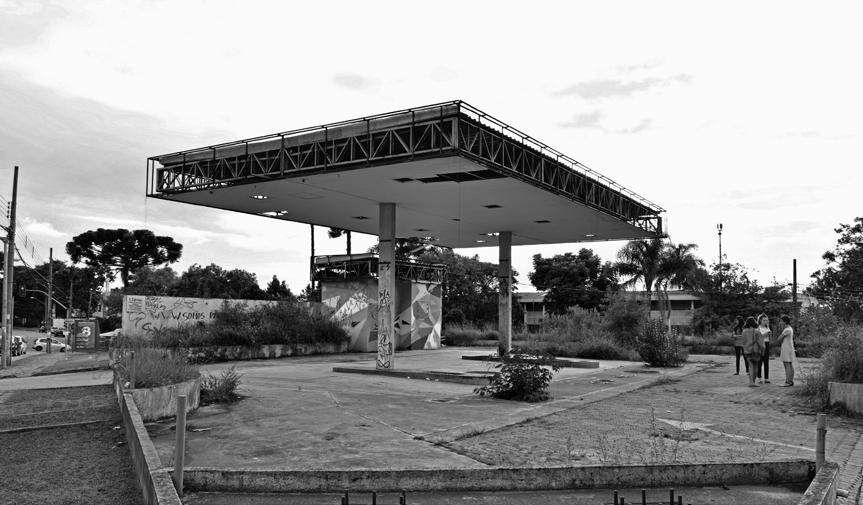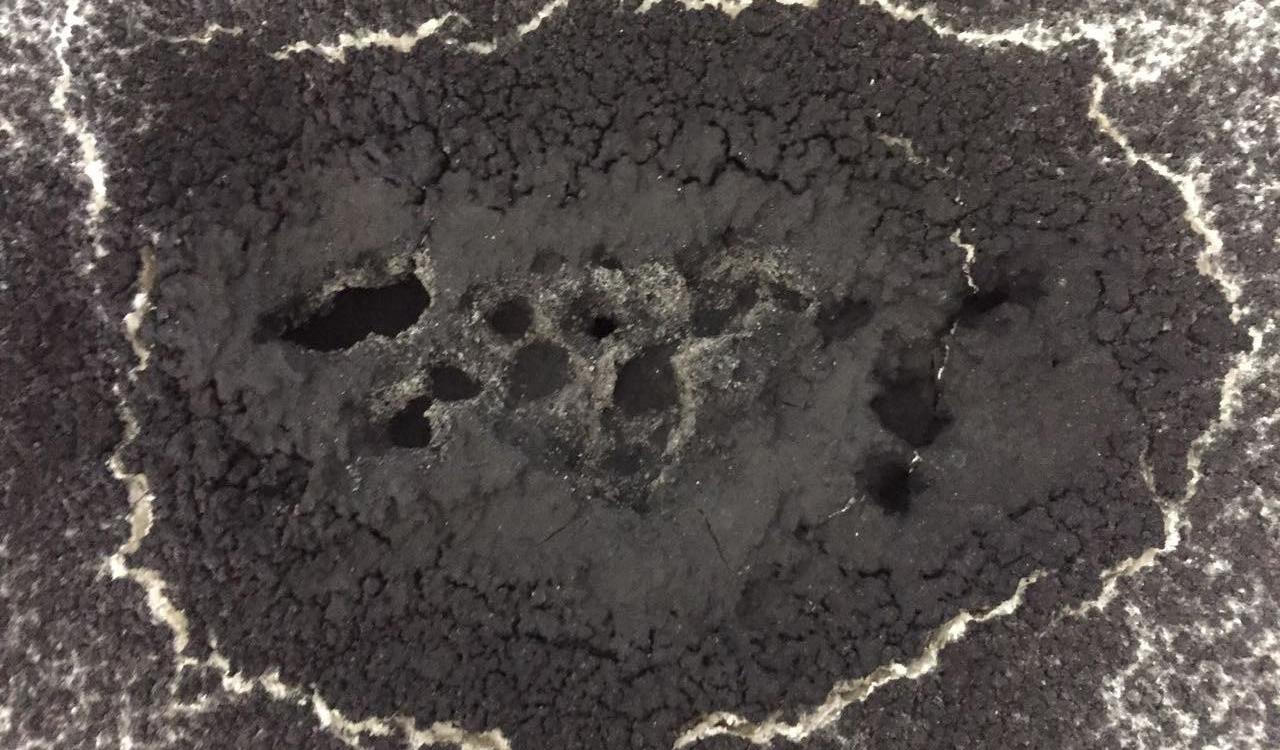
1 minute read
Curitiba, BR. Site Specific and Exhibition
ex-posto brownfields
may 17. Site Specific and Exhibition
Advertisement




Every two years, the exhibition “Architecture for Curitiba” takes place, in which the city’s offices are invited to propose a practice and discussion project on a theme presented by the curatorship. In 2017, with Cora Atelier, based on a survey of urban voids, we proposed a look at the areas called Brownfields. The project was developed in the form of urban intervention, an exhibition of the intervention records at the Municipal Museum of Art in Curitiba (MuMA), and a new assembly of the work with a performance at the museum.
Brownfields are idle or underutilized areas on contaminated soil. These areas are usually related to deindustrialization processes: the abandonment of old manufacturing structures and the lack of waste isolation end up contaminating the soils. However, most of the contaminated areas in the state of Paraná are in urban areas, under gas stations. According to the Paraná Environmental Institute, of the approximately 3000 gas stations in the state, 20% (or 600 stations) had some type of contamination. These gas stations, when deactivated, usually remain abandoned, because for the land to be reused it is necessary to remediate the soil, a slow and costly process. The brownfields then become vacant terrains in the urban fabric, in the sense of Solà-Morales’s expression, “terrain vague”, connected to the physical idea of waiting and potentially usable, indeterminate, and unstable piece of land. These are lands awaiting action by government agencies, soil remediation, regularization, and an architect or another spontaneous, illegal occupation by a nonarchitect.
From these discussions, we proposed an act. An act on the brownfields. An articulating act. The project was developed in collaboration between Cora Atelier architects and architecture grad students.



2017. site specific photos by Muryel Gomes; photos installation at MuMA by Felipe Gomes; photo catalog of the exhibition of personal archive.



